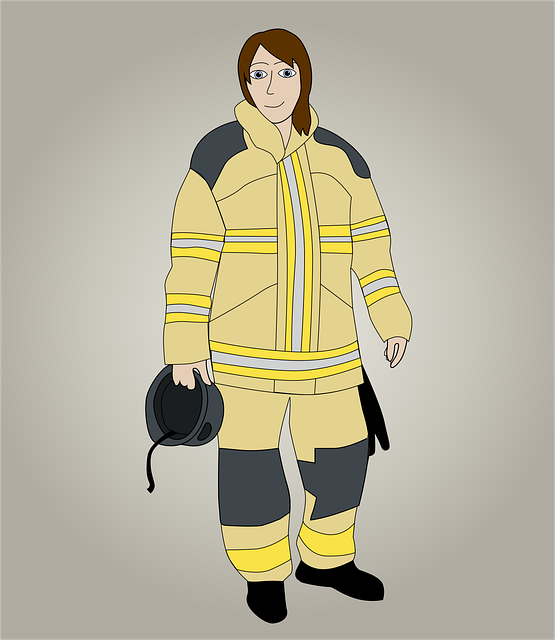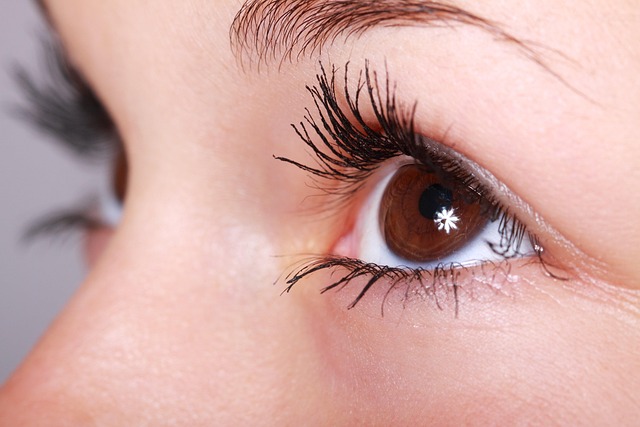Skin tags, medically acrochordons, are common growths in Edinburgh. While harmless, they may cause irritation. Dermatologists offer safe removal methods. Options include surgical excision, cauterization, at-home remedies, laser therapy, and cryotherapy with liquid nitrogen. Cryotherapy is non-invasive, quick, and has minimal downtime, making it a popular choice for Edinburgh Skin Tag Removal.
In Edinburgh, seeking effective skin tag removal methods is common. While various options exist, understanding the nuances between them is crucial. This article delves into two prominent approaches: traditional removal techniques and cryotherapy. We explore the causes and symptoms of skin tags, providing an overview of conventional methods. Subsequently, we focus on cryotherapy’s cold removal process, comparing its effectiveness and side effects to establish a reliable choice for Edinburgh residents seeking flawless skin.
- Understanding Skin Tags: Causes and Symptoms
- Traditional Removal Methods: An Overview
- Cryotherapy: A Cold Approach to Removal
- Comparing Effectiveness and Side Effects
Understanding Skin Tags: Causes and Symptoms

Skin tags, also known as acrochordons, are small, soft skin growths that typically appear on the neck, armpits, and groin area, but they can develop anywhere on the body. They are generally harmless and often hereditary, forming due to collagen excess or skin friction against itself or clothing. While they may not pose a significant health risk, many individuals opt for Edinburgh Skin Tag Removal for aesthetic reasons or when tags become irritated or uncomfortable.
Identifying them is straightforward; they usually look like small, soft, flesh-colored bumps and can vary in size from tiny grains of rice to larger growths. In some cases, skin tags may remain asymptomatic, but they can also cause mild irritation or discomfort, especially if they are located in areas prone to friction. If you notice any unusual growths or existing tags that seem to be changing in appearance or causing distress, consulting a dermatologist is advisable for proper diagnosis and safe removal methods like those offered by Edinburgh Skin Tag Removal specialists.
Traditional Removal Methods: An Overview

In the quest for flawless skin, many turn to various methods for skin tag removal in Edinburgh. Traditional approaches have been part of skincare routines for centuries, each with its own set of advantages and drawbacks. One common method involves surgical excision, where a doctor cuts off the tags with a scalpel or scissors, ensuring quick elimination but carrying risks like bleeding, scarring, and the need for local anaesthesia. Alternatively, burning off skin tags with a cauterizing tool is another traditional technique, offering simplicity but potentially causing discomfort and requiring skill to prevent damage to surrounding skin.
Laser therapy has emerged as a popular alternative, utilizing concentrated light energy to destroy the tissue of skin tags. This method is non-invasive, precise, and effective for many, but it can be expensive and may require multiple sessions. Additionally, at-home remedies like duct tape or tea tree oil have gained traction due to their accessibility and cost-effectiveness, though results vary widely among individuals. Each traditional removal method has its place, catering to different preferences and budgets in the pursuit of smooth, tag-free skin for Edinburgh residents.
Cryotherapy: A Cold Approach to Removal

Cryotherapy, also known as cryosurgery, is a non-invasive skin tag removal method that employs liquid nitrogen to freeze and destroy tags. This cold approach is a popular choice for those seeking effective and relatively pain-free options in Edinburgh Skin Tag Removal. During the procedure, a small cannula or needle delivers the liquid nitrogen directly onto the skin tag, causing it to turn white and become numb. As the nitrogen evaporates, it creates extreme cold that damages the skin tag’s blood vessels, effectively cutting off its supply of oxygen and nutrients, resulting in its death.
The advantage of cryotherapy lies in its minimal downtime and low risk of side effects. Patients can typically resume their normal activities soon after the treatment, though some redness or swelling may occur temporarily. This method is suitable for most skin types and tag sizes, making it a versatile choice among various skin tag removal methods available today.
Comparing Effectiveness and Side Effects

When considering Edinburgh skin tag removal options, it’s crucial to weigh the effectiveness and side effects of each method. Cryotherapy, or freezing skin tags with liquid nitrogen, is a popular choice due to its non-invasive nature. It offers relatively quick results, as the frozen tags typically fall off within a week. However, this procedure can cause temporary pain, redness, and swelling at the treatment site.
Alternative methods like surgery, ligation (tying off the tag), or laser treatments also have their merits. Surgery provides a permanent solution but carries a higher risk of scarring and requires a local anaesthetic. Ligation is less invasive but may result in recurring tags. Laser treatments offer precise targeting but can be more expensive and might take several sessions to achieve optimal results. Comparing these options, cryotherapy stands out for its convenience and minimal downtime, making it an attractive choice for those seeking effective Edinburgh skin tag removal without extensive recovery.
When considering Edinburgh skin tag removal, it’s clear that cryotherapy offers a safe and effective solution among various methods. Its high success rate and minimal side effects make it an attractive option compared to traditional surgeries or laser treatments. While each method has its advantages, cryotherapy’s non-invasive nature and rapid recovery time place it at the forefront of modern skin tag removal techniques.
